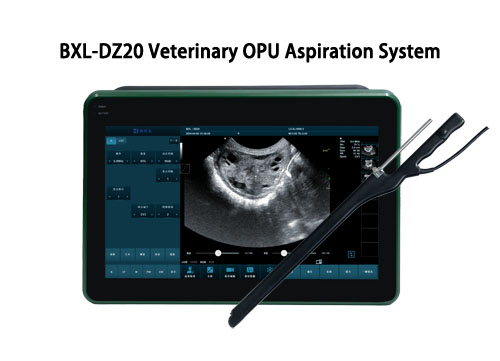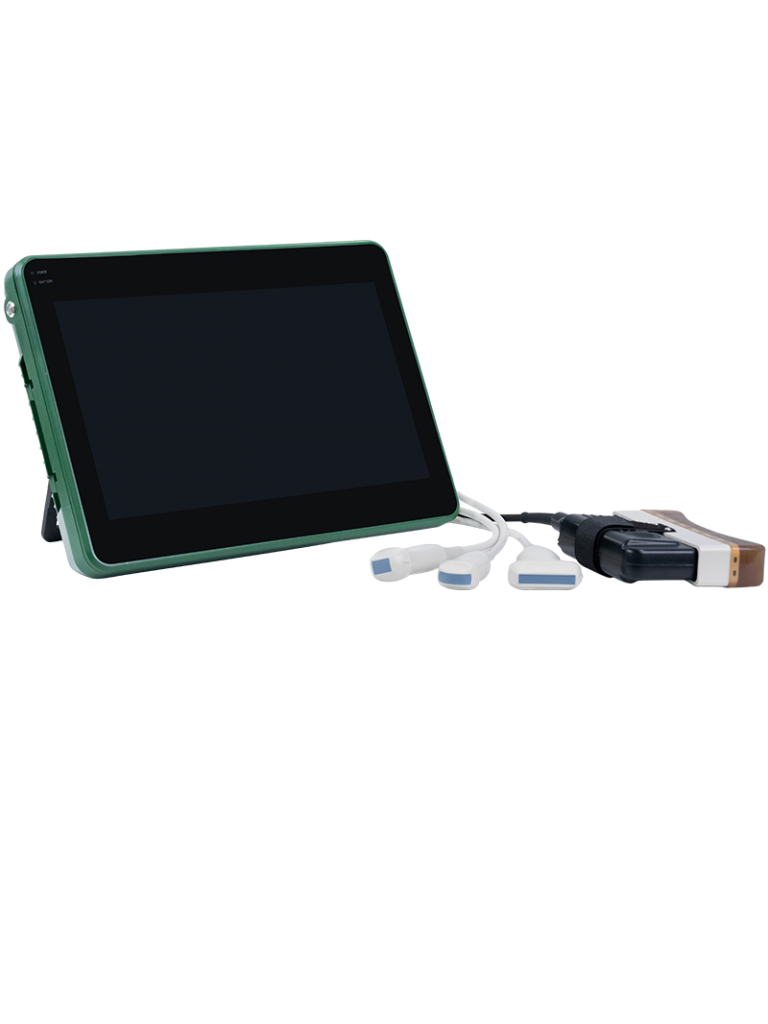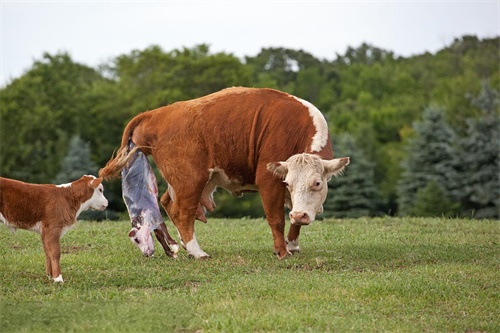What is the Function of a Veterinary OPU Ultrasound Machine?
A Veterinary OPU (Ovum Pick-Up) ultrasound machine is a specialized imaging device that plays a critical role in modern animal reproductive management. Its primary function is to provide real-time, high-resolution imaging to guide the safe and precise collection of oocytes (eggs) from donor animals. This technology is essential in assisted reproductive techniques (ART) such as in vitro fertilization (IVF) and embryo transfer, helping to improve genetic selection and overall herd productivity.

Core Functions
Real-Time Ovarian Imaging
The primary function of a Veterinary OPU ultrasound machine is to offer clear, live images of the ovaries. This real-time imaging enables veterinarians to:
- Identify Ovarian Follicles: Detect even small follicles (as little as 2 mm in diameter) to ensure that only viable oocytes are collected.
- Assess Follicular Health: Evaluate the size, number, and condition of follicles, which is crucial for determining the optimal time for oocyte retrieval.
Precision Needle Guidance
Another key function is to integrate needle guidance systems that assist in the accurate placement of the aspiration needle:
- Guided Aspiration: The ultrasound machine overlays visual guide lines on the live image, allowing for precise needle insertion into the targeted follicle.
- Minimized Tissue Damage: Accurate needle tracking reduces the risk of damaging surrounding tissues, making the procedure safer and less invasive for the animal.
Quantitative Measurements and Diagnostics
Advanced Veterinary OPU ultrasound machines come equipped with software that enables:
- Measurement of Follicles: Tools for measuring the diameter, area, and volume of follicles help in selecting the most promising oocytes.
- Data Analysis: Quantitative data support better decision-making in reproductive management, contributing to higher success rates in ART procedures.
Key Features
High-Resolution Imaging
- Crystal-Clear Visuals: High-frequency transducers provide detailed images that are essential for differentiating between healthy and non-viable follicles.
- Enhanced Contrast: Advanced imaging modes improve tissue differentiation, making it easier to identify subtle anatomical features.
Integrated Needle Guidance System
- Overlay Guide Lines: Real-time markers assist veterinarians in aligning the aspiration needle with the targeted follicle.
- Multiple Needle Compatibility: Some systems are designed to work with various needle sizes, catering to different species and reproductive scenarios.
Portability and User-Friendly Design
- Compact and Lightweight: Many models are portable, allowing for on-site use in both clinics and farms.
- Intuitive Controls: Touchscreen interfaces and simplified menus reduce the learning curve and help streamline the ovum pick-up process.
Applications in Veterinary Reproduction
Veterinary OPU ultrasound machines are primarily used in the field of animal reproduction to:
- Facilitate Ovum Pick-Up (OPU): Guiding the collection of oocytes from high-genetic-value donors, which is critical for ART procedures.
- Support IVF and Embryo Transfer: By ensuring a higher yield of viable oocytes, these machines contribute directly to the success of in vitro fertilization and subsequent embryo transfer.
- Enhance Genetic Improvement Programs: Efficient oocyte retrieval from superior donors enables breeders to improve the genetic quality of their herds.
Benefits
Increased Efficiency and Success Rates
- Higher Oocyte Yield: Precise imaging and needle guidance lead to more effective oocyte collection, which in turn boosts the success rates of ART procedures.
- Time-Saving Procedures: Real-time guidance minimizes procedure time, reducing stress on both the animal and the veterinary team.
Improved Animal Welfare
- Reduced Invasiveness: The non-invasive nature of ultrasound-guided aspiration minimizes tissue damage and promotes quicker recovery.
- Accurate Diagnostics: Detailed imaging ensures that only healthy follicles are targeted, contributing to better overall reproductive outcomes.
Cost-Effective Reproductive Management
- Fewer Repeat Procedures: Enhanced accuracy and efficiency lower the likelihood of repeated ovum pick-up sessions, reducing long-term costs.
- Optimized Resource Use: Quantitative measurements enable better planning and resource allocation in breeding programs.





No sabía que existía una máquina así solo para OPU. Súper interesante cómo funciona todo el proceso. No soy del rubro pero me atrapó la explicación, muy clara. Gracias por compartir.